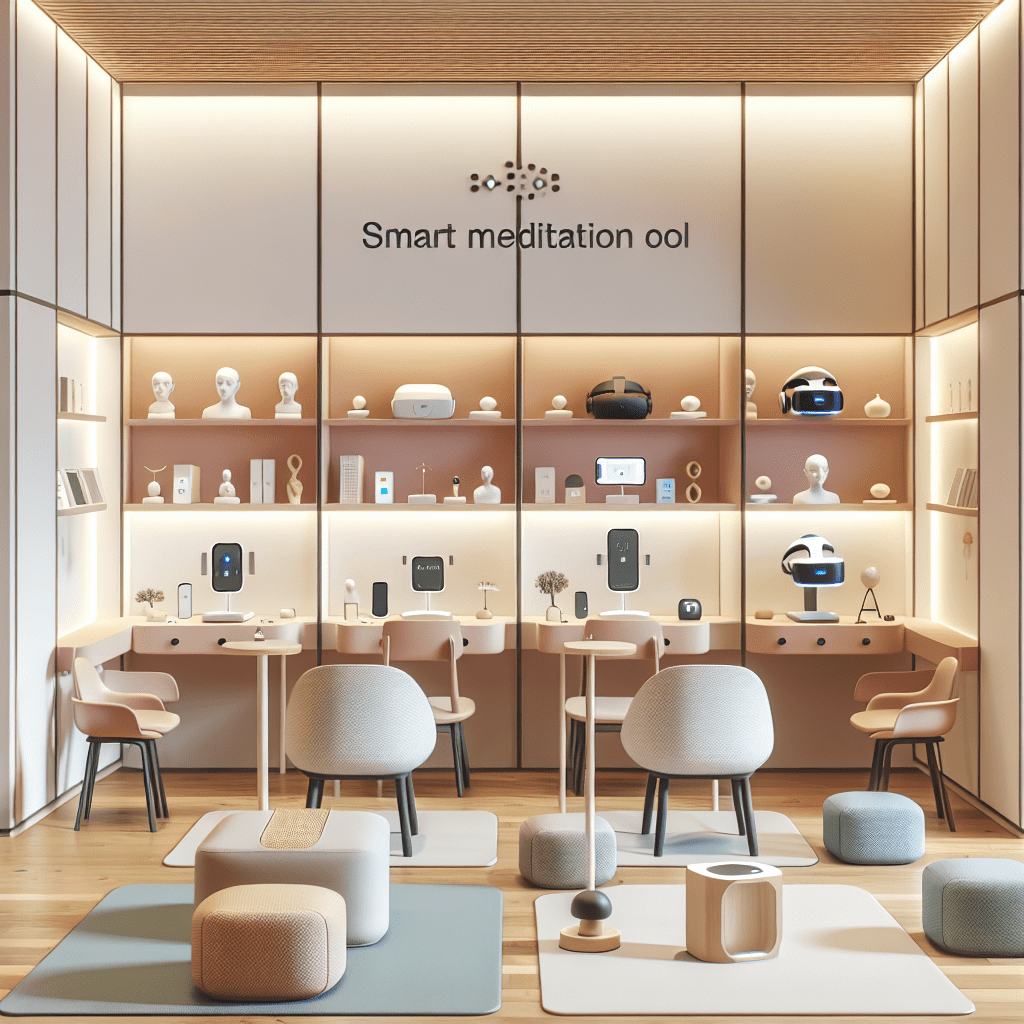
Prioritize your mental well-being daily. Enhance your life by nurturing your mental health with the Smart Meditation app. Break free from stress, alleviate anxiety, and enhance your sleep quality starting today.
Is Meditation Effective To Change Eye Color?
The Allure of a Unique Gaze: Unraveling the Mysteries of Meditation and Eye Color Transformation
In the grand tapestry of human curiosity, the quest for personal transformation knows no bounds. From the ancient art of meditation for mental peace to the modern pursuit of physical enhancements, we’ve always been in pursuit of refining ourselves. Amidst this quest, a rather intriguing question has surfaced in recent years: can meditation actually lead to a change in eye color? Let’s dive deep into this fascinating topic, separating fact from fiction, and exploring the real benefits of meditation.
Meditation: A Journey Within
Before we tackle the main question head-on, it’s crucial to understand what meditation encompasses. Meditation is a millennia-old practice, rooted in various cultures and traditions around the globe. It’s an exercise of the mind, aimed at achieving inner peace, mindfulness, and an enhanced state of awareness. People turn to meditation for various reasons, ranging from stress reduction to spiritual enlightenment.
Separating Myth from Reality: The Eye Color Debate
Now, onto the million-dollar question: Can practicing meditation change your eye color? In short, the answer is no. There’s currently no scientific evidence that meditation can alter the pigmentation of the iris. Eye color is determined by genetics and melanin levels in the iris, and while certain factors like lighting or health conditions can influence the perception of eye color, actual changes are a matter of genetics, not meditation practice.
However, this is not to say that the notion didn’t capture the imagination of many. There have been anecdotal claims and speculative theories floating around the internet, but it’s crucial to approach such claims with a healthy dose of skepticism. The human body is an incredibly complex system, and though meditation offers numerous benefits, changing innate physical characteristics isn’t one of them.
The True Colors of Meditation: Real Benefits
While the idea of changing your eye color through meditation might be more myth than reality, let’s not overlook the genuine, scientifically-backed benefits of this ancient practice:
- Stress Reduction: Meditation is proven to decrease stress, providing a sense of calm in our often chaotic lives.
- Enhanced Concentration: Regular meditation practice has been shown to improve attention span and focus.
- Better Emotional Health: Meditation can lead to an improved self-image and a more positive outlook on life.
- Increased Self-Awareness: It helps individuals gain a deeper understanding of themselves and their place in the world.
- Improved Sleep: It can also help combat insomnia by promoting relaxation and making it easier to fall asleep.
Tips to Embark on Your Meditation Journey
If you’re intrigued by meditation and keen to reap its real benefits, here’s how you can get started:
- Find Your Spot: Choose a quiet, comfortable place where you won’t be disturbed.
- Set Aside Time: Dedicate a few minutes each day to practice. You can start small and gradually increase the duration.
- Pick Your Style: Explore different meditation techniques, such as mindfulness meditation, guided meditation, or loving-kindness meditation, to see what suits you best.
- Be Patient and Consistent: Like any skill, mastery comes with practice. Don’t get discouraged by initial difficulties in focusing or quieting your mind.
While meditation might not gift you with a new eye color, it offers something far more valuable – peace of mind, enhanced well-being, and a deeper connection to the world around you. So, why not leave the color-changing lenses in the drawer, and embark on a journey of true transformation? After all, the real beauty of meditation lies not in altering appearances but in the profound changes it can foster within.





